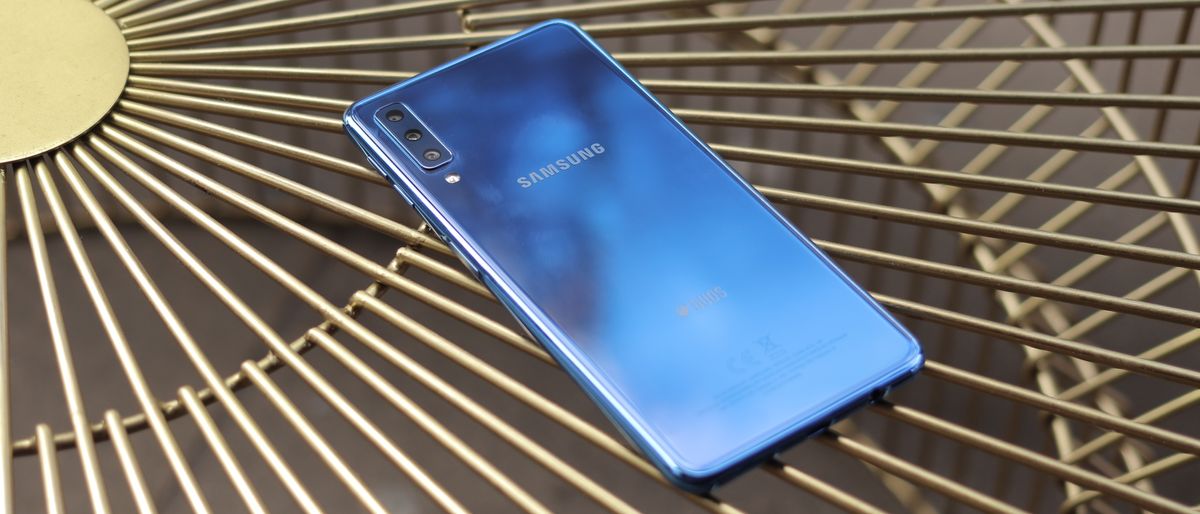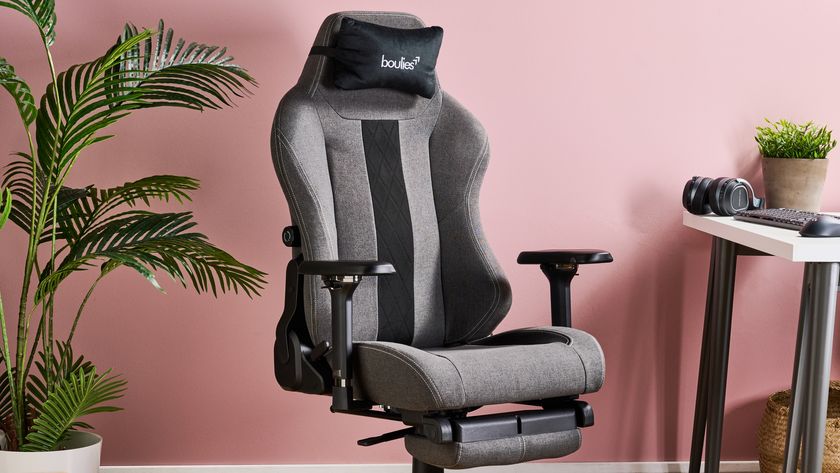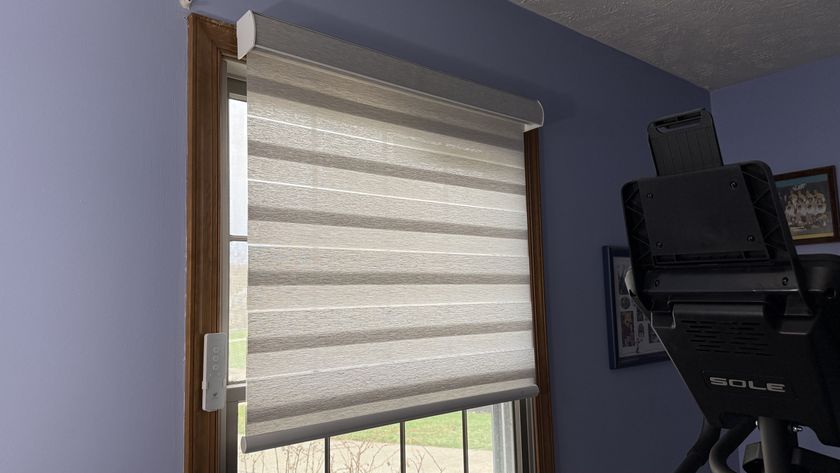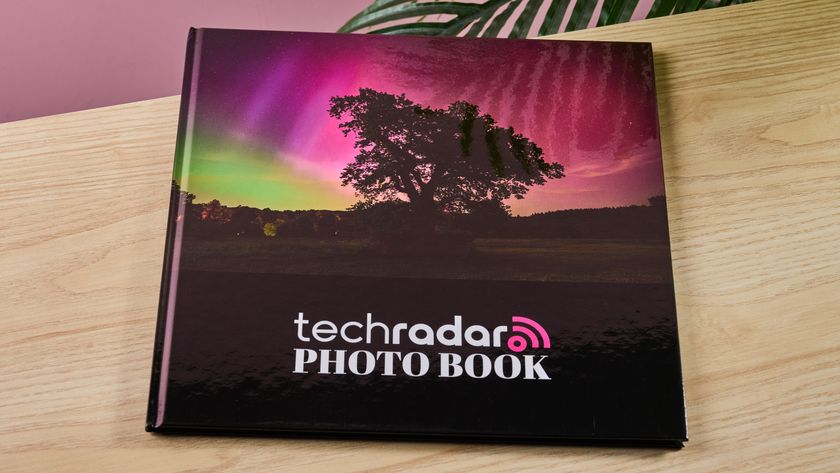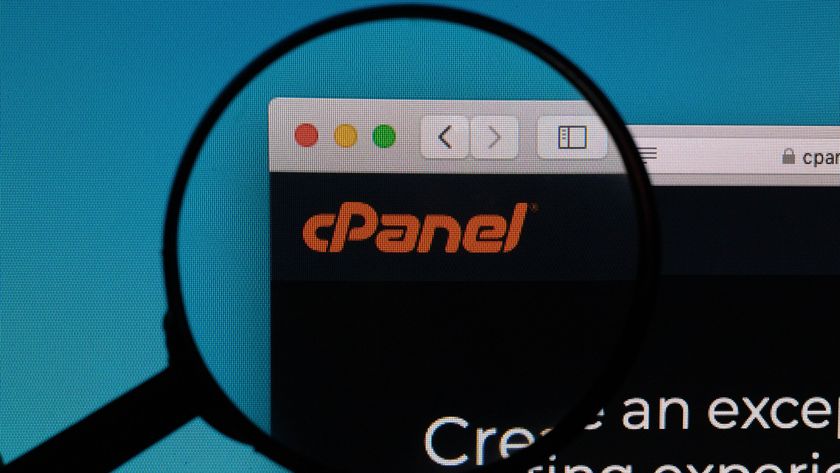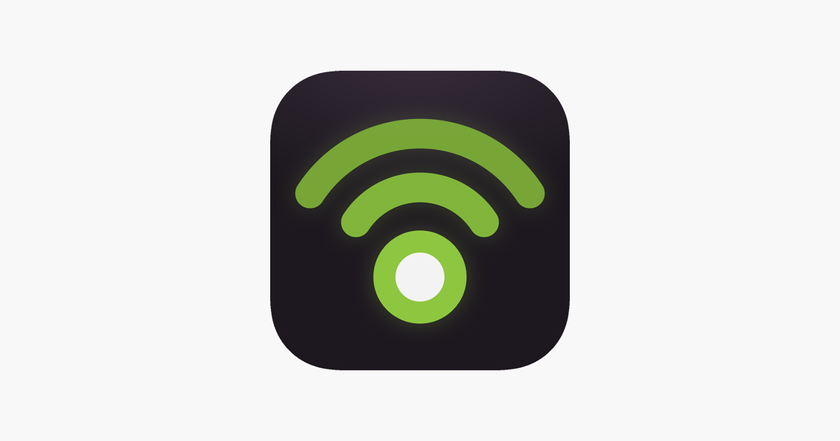TechRadar Verdict
The Samsung Galaxy A7 is, for the most part, a great mid-range phone. It delivers a punchy screen for the price and a solid user experience, while the camera system is really versatile. It also has great battery life and plenty of storage. Having said that, it does feel a touch hollow, with the plastic frame paling, micro USB port and lack of fast charging being disappointing. If none of that phases you though, you can pick up the Galaxy A7 with confidence.
Pros
- +
Great screen
- +
Generous amount of storage
- +
Versatile camera system
Cons
- -
Micro USB charging port
- -
Body feels hollow
- -
Poor low light camera performance
Why you can trust TechRadar
There's a lot about the Samsung Galaxy A7 2018 that makes us happy. It has a Super AMOLED, 18.5:9 screen, a triple camera setup, and runs the same interface as the flagship Galaxy S9 range, all at a lower price.
No phone is an island though, and the Samsung Galaxy A7 has plenty of other mid-range phones for company – and cheaper options like the Nokia 7.1, Honor Play and Motorola One offer comparable specs for less.
The question is whether, with such stiff competition, Samsung can still get away with charging more than its competitors for its A series smartphones?
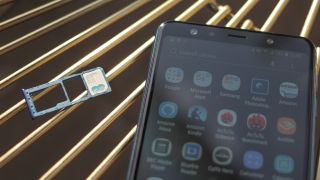
Samsung Galaxy A7 (2018) price and availability
You can pick up the 64GB Samsung Galaxy A7 now for $459 or £309. No Australian release has been confirmed.
In addition to SIM-free options, the phone is available on contract for around £19 per month in the UK.
Key features
- Three rear cameras
- 6-inch FHD Super AMOLED display
- Looks like a flagship, performs like a mid ranger
Sporting a glass front and back coupled with a plastic frame, the Galaxy A7 2018 features a mix of mid-range and flagship materials.
It does however feature an impressive Super AMOLED screen, amongst the best you can get in this price range. The 1080 x 2220 resolution is perfectly respectable and the 6-inch size is big, without being overly cumbersome.
The A7 is running Android 8.0 Oreo; it’s a shame it didn’t get Android 9 Pie, the latest version of Google’s mobile operating system, although app support will still be excellent thanks to Google Play store support. It will get Pie, but no time-frame has been given by Samsung.
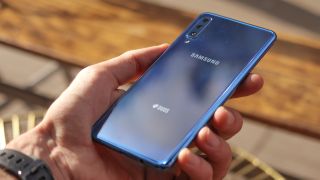
The Exynos 7885 chipset powering the A7 is distinctly middle-of-the-road, and is paired with 4GB of RAM. As for the cameras, the triple-camera system on the rear of the phone is a first from Samsung, with one wide, one ultra-wide and one depth-sensing camera.
With 3,300mAh of battery power on tap, the screen to battery ratio is promising too. Connections and biometrics are also fair, thanks to the inclusion of a headphone port, 4G, face unlocking and a fingerprint scanner; however, the Galaxy A7 is also the only £300/$450+ device we can think of that doesn’t feature a USB-C port, making do with the older micro USB connection.
Design
- Plastic and glass design
- micro USB charging
- Flat surface
Priced at the upper end of the mid-range spectrum, the A7 2018 is competing with the Huawei Mate 20 Lite, Motorola One and Nokia 7.1.
Like the competition, the Samsung A7 features a glass back and front. It looks good, but has a slightly hollow feel, so is bested by the beautifully designed Nokia 7.1 in this respect. The sides are also plastic and they feel it, further attesting to the phone’s mid-range positioning.
Still, at 7.5mm thin it’s slender, and the AMOLED screen tech separates it from the pack, while you have a good choice of color options, with the A7 available in black, blue, pink and gold. It’s a clean design, interrupted only by a couple of logos and a slight camera bump around the back.
Two volume buttons and a flat, recessed, easy to hit power button are on the right-hand side of the phone, while on the left is the SIM tray, with our dual-SIM version supporting two SIM cards and a microSD card.
The power button doubles as the fingerprint scanner, a design decision borrowed from Sony phones of old. While it’s not as quick as flagship fingerprint scanners, it works reliably, not even requiring a full press to unlock the A7 securely – and there’s also Face Unlock to work in tandem and get you into your phone fast.
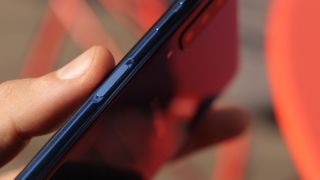
It’s great to see a headphone jack on the phone's bottom edge, though the micro USB port next to it is something of a letdown for any phone that costs over £200/$300.
If all your devices still use this connector it isn't a big deal, but if you've started to migrate your arsenal of tech away from micro USB and towards USB-C, having a brand-new phone packing a last-gen port will mean a multi-wired life until you upgrade, again.
As for the A7's durability, Gorilla Glass keeps the front and back relatively protected, although there's no official IP rating, so you'll want to keep it dry.

Display
- 6-inch 18.5:9 LCD screen, 1080 x 2220 pixels
- No notch
Samsung has paired the A7 with a seriously good AMOLED screen packing a Full HD+ resolution. Getting down to digits, that means 1080 x 2220 pixels, which at 6 inches delivers 411ppi.
A couple of things set this phone apart from Samsung’s flagship Galaxy S9. First off, it’s got some pretty beefy bezels, with a 74.4% screen-to-bezel ratio in contrast to the S9’s 83.6%.
The screen isn’t curved either, and it doesn’t offer the same levels of color accuracy or detail as its flagship counterpart’s.
For the price, though, it impresses, packing punch and depth – more so than the IPS competition. The one area where it isn’t always reliable is white balance, with an old-school OLED red or blue tinge to ebooks or web pages with a lot of empty space.
For photos, movies and general UI swiping though, the Samsung Galaxy A7’s screen nails it.
Basil Kronfli is the Head of content at Make Honey and freelance technology journalist. He is an experienced writer and producer and is skilled in video production, and runs the technology YouTube channel TechEdit.

ICYMI: the week's 7 biggest tech stories from the Nintendo Switch 2 launch to Microsoft turning 50
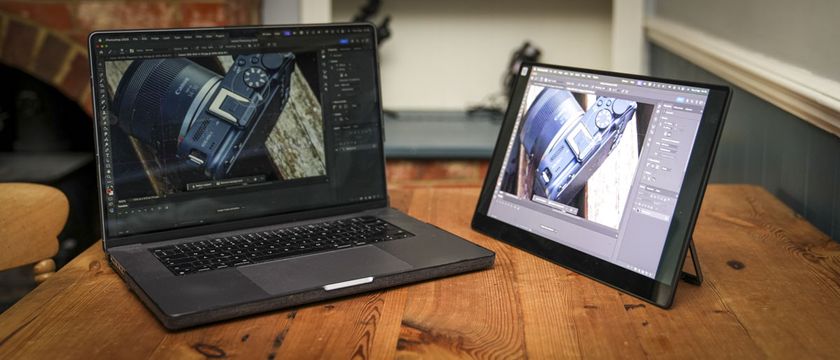
I reviewed Ricoh’s wireless touchscreen portable monitor – it’s sleek, smart, and frustrating

Fabless chip startup backed by multi-billion Indian company wants to build a $10bn fab in India before 2027
